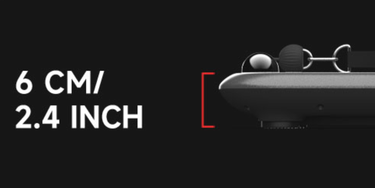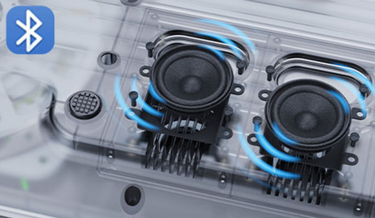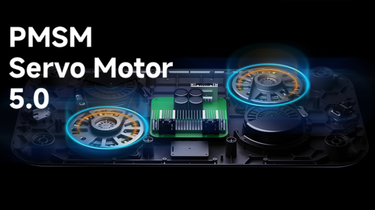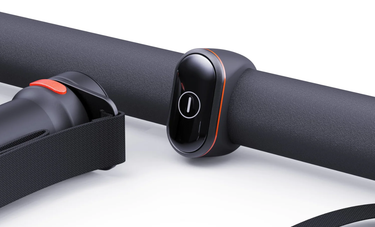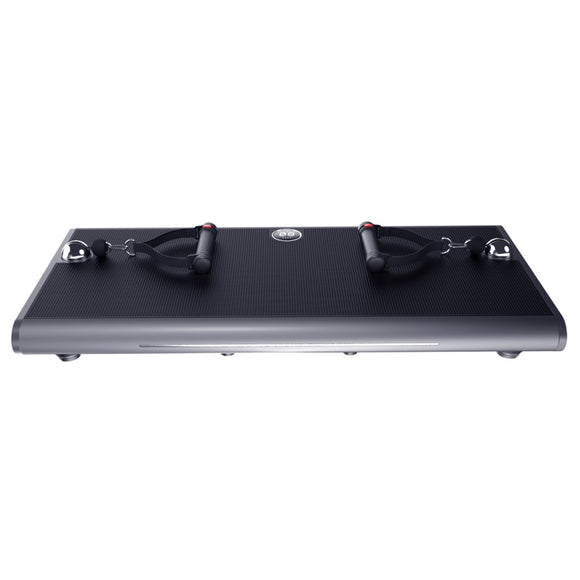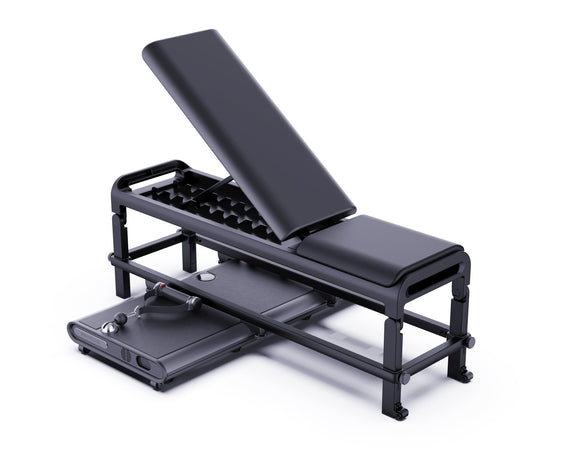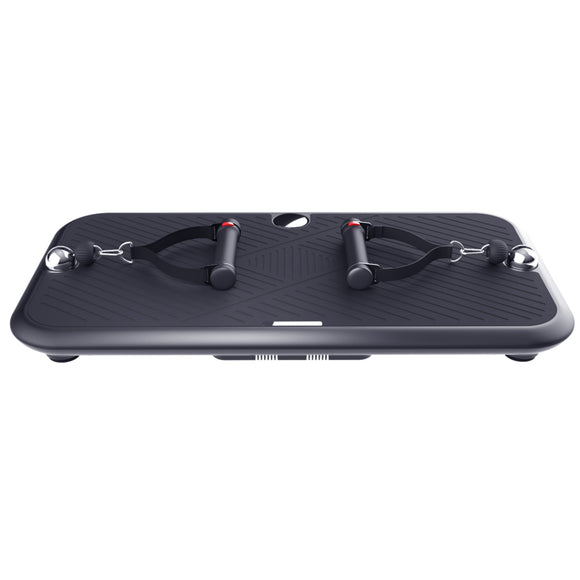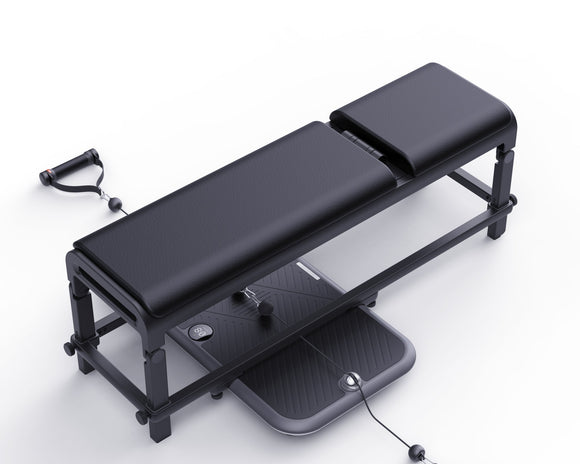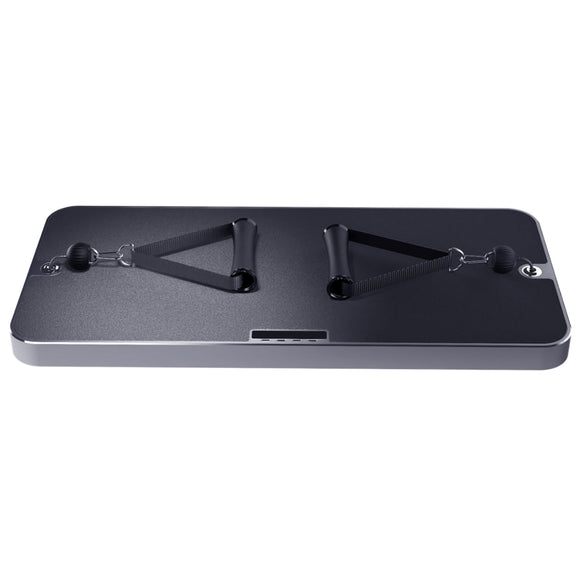Produkt Titel Eksempel
Pair some text with a product to highlight features.
Pair some text with a product to highlight features.
Multiple training modes, on-demand switching fat burning, shaping, muscle building, multi-dimensional to meet the fitness needs, and efficiently enhance the training effect; suitable for more people to use, beginners, professional fitness enthusiasts and so on;
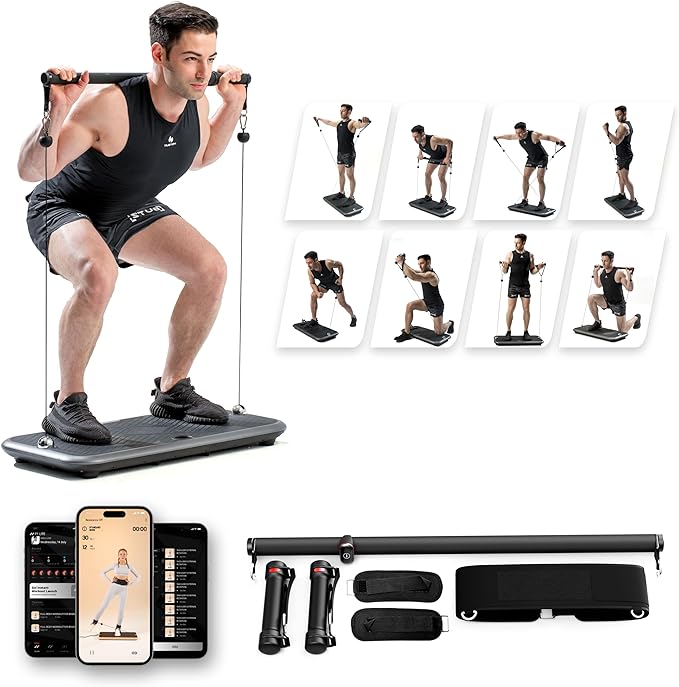

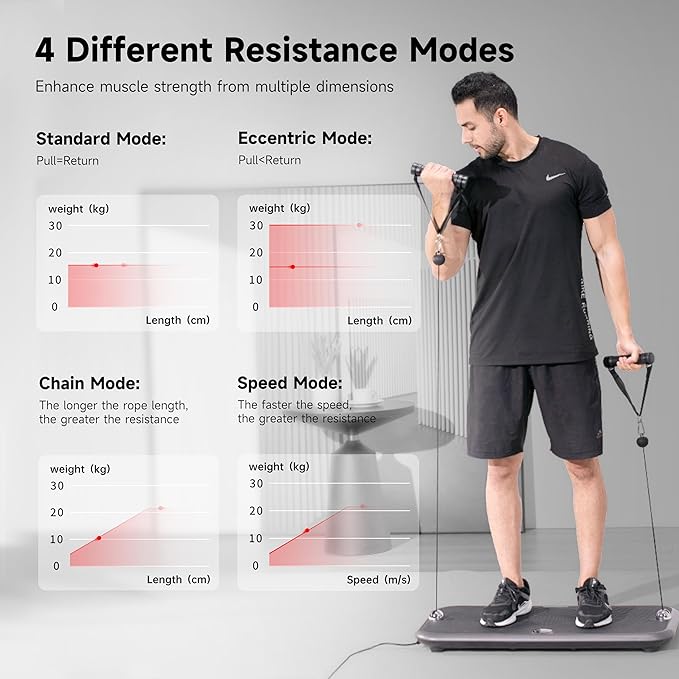

Adopting ultra-thin design and aluminum alloy integrated die-casting
The Stereo 5W Bluetooth Amplifier delivers powerful sound in a compact design. Enjoy wireless audio streaming with Bluetooth connectivity.
Experience unmatched precision with Innodi P1, powered by our 5.0 Disc Type Servo Motor. Elevate home workouts with this advanced, durable tech.
Multiple Protection Mechanisms Enabled by Advanced Artificial Intelligence: Enhanced Security Features
Safety buttons on both handles and the bar. It act as afailsafe mechanism,instantly releasing the weights when the load becomes challenging.
levate your home gym with the Innodi P1 series, utilizing aerospace materials for unmatched strength and longevity.
If you’ve ever heard someone in the gym say, “I just hit a PR,” and wondered what they meant, you're not alone. PR stands for Personal Record, a term used to describe the best performance an individual has achieved in a specific exercise or fitness goal. Whether it’s lifting a new weight, running a faster mile, or completing more reps than ever before, hitting a PR is a major milestone in any fitness journey.
In the gym, a PR represents the highest achievement you’ve reached in a particular exercise or physical challenge. For weightlifters, this could mean the heaviest weight ever lifted in a squat, deadlift, or bench press. For runners, it may refer to your fastest time in a 5K. A PR is a personal benchmark, meaning it’s all about surpassing your own previous best—not competing against others.
Setting and breaking personal records is a key part of progressive overload, a fitness principle that involves gradually increasing the intensity of your workouts to challenge your body and improve strength, endurance, and muscle growth. By consistently striving to hit new PRs, you push yourself beyond your comfort zone, leading to continuous improvements in fitness.
Hitting a PR provides a sense of accomplishment and motivation. It’s a tangible way to see how much you’ve progressed, whether that’s lifting heavier weights, running faster, or increasing endurance. It’s also an opportunity to celebrate the hard work you've put in and gives you something to aim for next time.
While hitting a PR can be exciting, it’s important to approach it with caution. Pushing for personal records should be done strategically, especially when lifting heavy weights. Here are a few tips to safely pursue PRs:
Here are a few common areas where gym-goers aim to set PRs:
Setting a new PR can feel incredibly rewarding, but it’s important to keep a balanced approach to fitness. While breaking records is a great way to track progress, fitness is also about consistency, form, and overall well-being. After hitting a PR, it’s essential to celebrate your success, but also to set new, achievable goals for the next phase of your fitness journey.
Use this text to share information about your store with your customers. Describe a product, share announcements, or welcome customers to your store.
If you’ve ever heard someone in the gym say, “I just hit a PR,” and wondered what they meant, you're not alone. PR stands for Personal Record, a term used to describe the best performance an individual has achieved in a specific exercise or fitness goal. Whether it’s lifting a new weight, running a faster mile, or completing more reps than ever before, hitting a PR is a major milestone in any fitness journey.
In the gym, a PR represents the highest achievement you’ve reached in a particular exercise or physical challenge. For weightlifters, this could mean the heaviest weight ever lifted in a squat, deadlift, or bench press. For runners, it may refer to your fastest time in a 5K. A PR is a personal benchmark, meaning it’s all about surpassing your own previous best—not competing against others.
Setting and breaking personal records is a key part of progressive overload, a fitness principle that involves gradually increasing the intensity of your workouts to challenge your body and improve strength, endurance, and muscle growth. By consistently striving to hit new PRs, you push yourself beyond your comfort zone, leading to continuous improvements in fitness.
Hitting a PR provides a sense of accomplishment and motivation. It’s a tangible way to see how much you’ve progressed, whether that’s lifting heavier weights, running faster, or increasing endurance. It’s also an opportunity to celebrate the hard work you've put in and gives you something to aim for next time.
While hitting a PR can be exciting, it’s important to approach it with caution. Pushing for personal records should be done strategically, especially when lifting heavy weights. Here are a few tips to safely pursue PRs:
Here are a few common areas where gym-goers aim to set PRs:
Setting a new PR can feel incredibly rewarding, but it’s important to keep a balanced approach to fitness. While breaking records is a great way to track progress, fitness is also about consistency, form, and overall well-being. After hitting a PR, it’s essential to celebrate your success, but also to set new, achievable goals for the next phase of your fitness journey.
If you’ve ever heard someone in the gym say, “I just hit a PR,” and wondered what they meant, you're not alone. PR stands for Personal Record, a term used to describe the best performance an individual has achieved in a specific exercise or fitness goal. Whether it’s lifting a new weight, running a faster mile, or completing more reps than ever before, hitting a PR is a major milestone in any fitness journey.
In the gym, a PR represents the highest achievement you’ve reached in a particular exercise or physical challenge. For weightlifters, this could mean the heaviest weight ever lifted in a squat, deadlift, or bench press. For runners, it may refer to your fastest time in a 5K. A PR is a personal benchmark, meaning it’s all about surpassing your own previous best—not competing against others.
Setting and breaking personal records is a key part of progressive overload, a fitness principle that involves gradually increasing the intensity of your workouts to challenge your body and improve strength, endurance, and muscle growth. By consistently striving to hit new PRs, you push yourself beyond your comfort zone, leading to continuous improvements in fitness.
Hitting a PR provides a sense of accomplishment and motivation. It’s a tangible way to see how much you’ve progressed, whether that’s lifting heavier weights, running faster, or increasing endurance. It’s also an opportunity to celebrate the hard work you've put in and gives you something to aim for next time.
While hitting a PR can be exciting, it’s important to approach it with caution. Pushing for personal records should be done strategically, especially when lifting heavy weights. Here are a few tips to safely pursue PRs:
Here are a few common areas where gym-goers aim to set PRs:
Setting a new PR can feel incredibly rewarding, but it’s important to keep a balanced approach to fitness. While breaking records is a great way to track progress, fitness is also about consistency, form, and overall well-being. After hitting a PR, it’s essential to celebrate your success, but also to set new, achievable goals for the next phase of your fitness journey.
